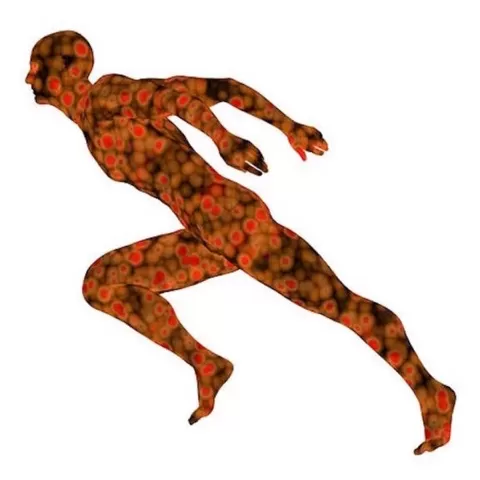Access to most course materials is FREE in audit mode on Coursera. If you wish to earn a certificate and access graded assignments, you must purchase the certificate experience during or after your audit.
If the course does not offer the audit option, you can still take a free 7-day trial.
Dale Purves has created 2 courses that got 53 reviews which are generally positive. Dale Purves has taught 78,570 students and received a 4.72 average review out of 53 reviews. Depending on the information available, we think that Dale Purves is an instructor that you can trust.
Dale Purves is Geller Professor of Neurobiology in the Duke Institute for Brain Sciences, with additional appointments in the department of Psychology and Brain Sciences, and the department of Philosophy at Duke University. He earned a B.A. from Yale University in 1960 and an M.D. from Harvard Medical School in 1964. After further clinical training at the Massachusetts General Hospital, service as a Peace Corps physician, and postdoctoral training at Harvard and University College London, he was appointed to the faculty at Washington University School of Medicine in 1973. He came to Duke in 1990 as the founding chair of the Department of Neurobiology at Duke Medical Center, and was subsequently Director of Duke’s Center for Cognitive Neuroscience (2003-2009) and also served as the Director of the Neuroscience and Behavioral Disorders Program at the Duke-NUS Graduate Medical School in Singapore (2009-2013). Although Purves was elected to the National Academy of Sciences in 1989 for his work on neural development and synaptic plasticity, his research during the last 15 years has sought to explain why we see and hear what we do, focusing on the visual perception of lightness, color, form, and motion, and the auditory perception of music and speech. In addition to membership in the National Academy of Sciences, Purves is a fellow of the American Academy of Arts and Sciences and the Institute of Medicine. His books include Principles of Neural Development (with Jeff Lichtman; Sinaur,1985); Body and Brain (Harvard,1988); Neural Activity and the Growth of the Brain (Cambridge, 1992); Why We See What we Do (with Beau Lotto; Sinauer, 2003); Perceiving Geometry (with Catherine Howe; Springer 2005); Why We See What we Do Redux (Sinauer, 2011) and Brains: How they Seem to Work (Financial Times Press, 2011). He is also lead author on the textbooks Neuroscience, (5th edition, Sinauer, 2011), and Principles of Cognitive Neuroscience (2nd edition, Sinauer, 2012). More information, access to publications and a complete CV are available at http://
www.purveslab.net.)




